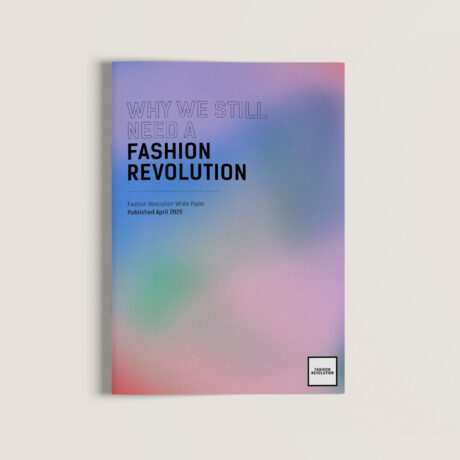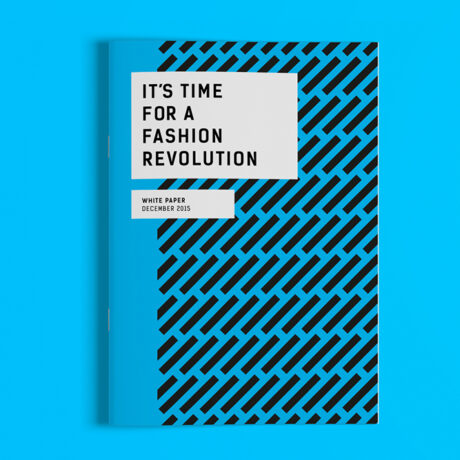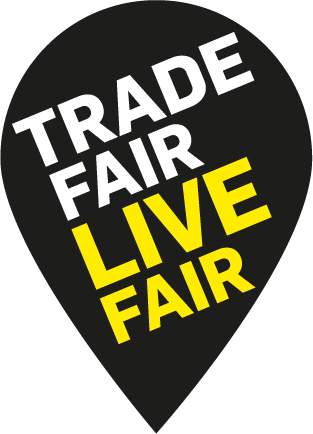Why do we need a Fashion Revolution?
Ten years since Rana Plaza
A decade of progress
On 24 April 2013, the Rana Plaza building in Bangladesh collapsed. More than 1,100 people died and another 2,500 were injured, making it the fourth largest industrial disaster in history.
Fashion Revolution was founded in response to this tragedy.
We have seen some positive change across the industry in recent years and we are inspired by the progress made in the Bangladesh Ready-made Garment (RMG) sector. However, human rights abuses and environmental degradation remain rife in the global fashion industry. While vast numbers of the public have become more aware of these problems, many people remain in the dark, unaware that their clothes may be contributing to the climate crisis and human exploitation.
We believe that no one should die for fashion and that’s why we need a fashion revolution.
Read our latest white paper to find out more
Remembering Rana Plaza
On 24 April 2013, the Rana Plaza building in Bangladesh collapsed. More than 1,100 people died and another 2,500 were injured, making it the fourth largest industrial disaster in history.
Rana Plaza was a factory complex in Savar, Bangladesh, making clothes for some of the biggest global fashion brands. Most of the 5,000 workers inside were young women.
This tragedy was preventable. In the aftermath, survivors told stories of how they knew the building was hazardous and showed cracks in the days leading up to the collapse. Multiple workers told their supervisors that they were afraid to enter the building to work. The retail shops and banks on the ground floor shut down their operations, but the demand of global brands and an insatiable fashion industry called garment workers back inside. The factories remained open and these workers made our clothes in fear for their lives.
In the days and weeks before the tragedy, many of these clothes were packed in boxes and shipped to brands and retailers around the world. The truth is that we bought and wore these garments stitched together in tragedy. And the culpable brands weren’t limited to ‘fast-fashion’, but also included mid-price retailers. Their unifying attribute wasn’t low price, but a lack of transparency and a disregard for worker safety.
A lack of transparency costs lives. After the Rana Plaza building collapsed, rescuers had to dig through the rubble looking for clothing labels in order to figure out which brands were producing clothes there. It is impossible for companies to make sure human rights are respected, working conditions are safe and the environment is protected without knowing where their products are being made.
A lack of visibility of supply chains allows exploitative, unsafe working conditions to thrive while obscuring who has the responsibility and power to redress these issues.
Why we still need a Fashion Revolution
Eight years ago in our first white paper, we hoped, “that by 2020 the public starts getting some real answers to the question “Who Made My Clothes?” We hope to see thousands of brands and retailers willing and able to tell the public about the people who make their products. We hope to see makers, producers and workers become visible; we hope to see thousands of their stories told. We hope to start to see more consumer demand for fashion made in a sustainable, ethical way. We hope that we start to see real transformative positive change begin to take root.”
We are extremely proud to say that we have achieved many of these aims, but there is much more work to do to transform the global fashion industry.
People are still regularly dying in factory fires and accidents. Although wages have increased in some countries where clothing is made, many people in the supply chain are still paid too little and struggle to afford life’s most basic necessities. Women textile and garment workers frequently face sexual harassment and violence in the workplace. Trade unions and workers’ ability to organise and fight for their rights continue to be hamstrung by employers and governments.
The fashion industry carries on polluting our atmosphere and water sources. Ancient forests are being cut down to create leather and textiles, animals are regularly mistreated, and landfills are piling up with disused clothes. As consumers, it’s still very difficult to find credible information about the working conditions and environmental impacts behind what we buy.
All of these problems underline the need for a drastic rethink of the way the whole system works.
We cannot lose momentum now. We must keep working towards real transformative change so that these problems become a thing of the past. Ten years later and we still need a fashion revolution.
READ THE MANIFESTOFashion Revolution is a truly people-powered movement working together in communities around the world to create positive and lasting change.
Fashion Revolution is made up of people from all around the world that make the fashion industry work. We are consumers, campaigners, designers, academics, writers, business leaders, policymakers, brands, retailers, trade unions, producers, makers and workers. We are the people who wear clothes and the people who make them. We are all citizens and when we speak up and work together, we are powerful.
Our mantra is “Be Curious. Find Out. Do Something.”
We believe that with systemic and structural change, the global fashion industry can lift millions of people out of poverty and provide them with decent and dignified livelihoods. It can conserve and restore our living planet. It can bring people together and be a great source of joy, creativity and expression for individuals and communities.
JOIN THE FASHION REVOLUTION:
Citizens, Brands & Retailers, Artisans, makers, farmers & factory workers, Educators, Fashion industry, Trade Unions
RESOURCES

White Paper: Why we still need a Fashion Revolution
Download our White Paper: Why we still need a Fashion Revolution. Published April 2020.
READ NOW

